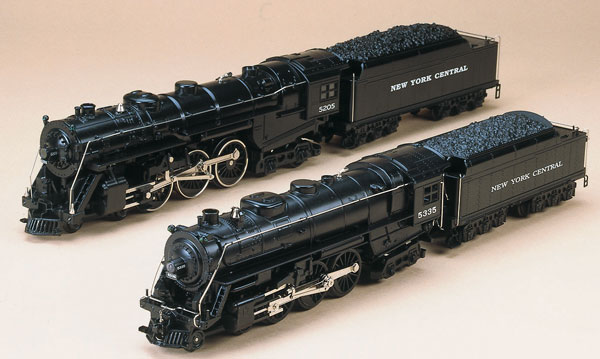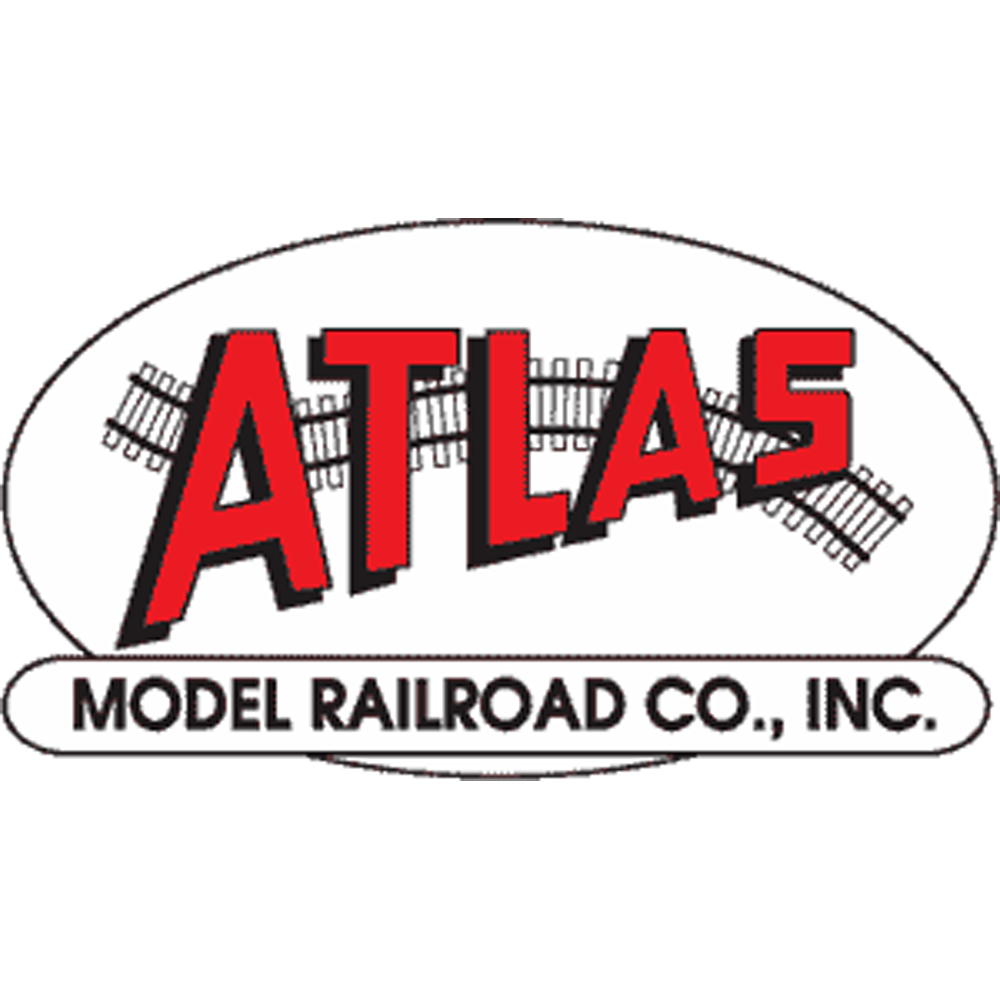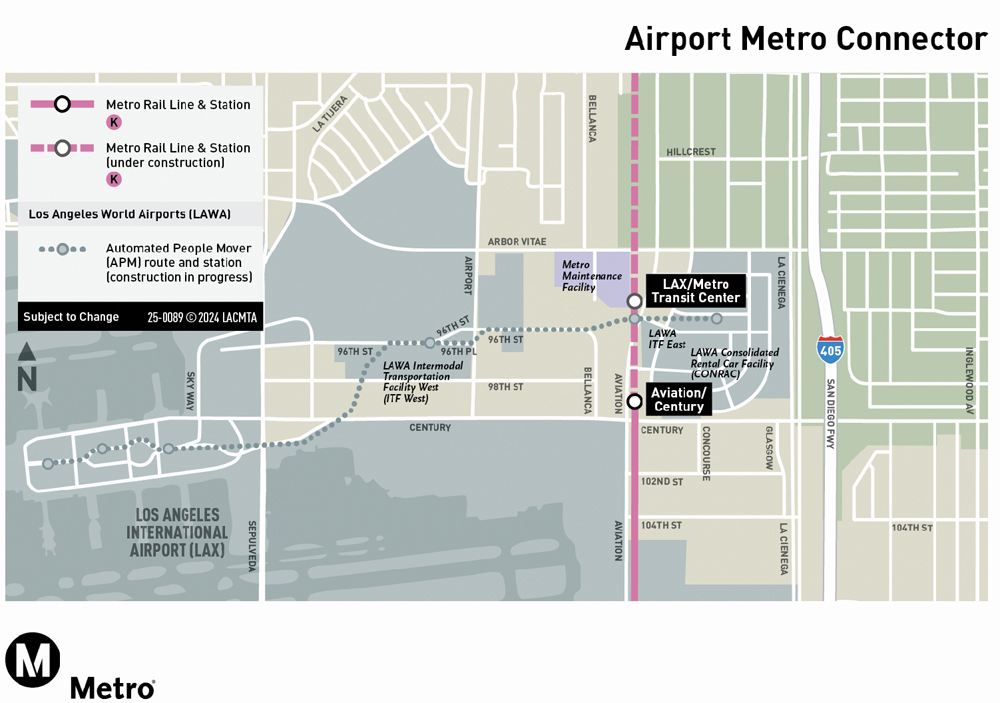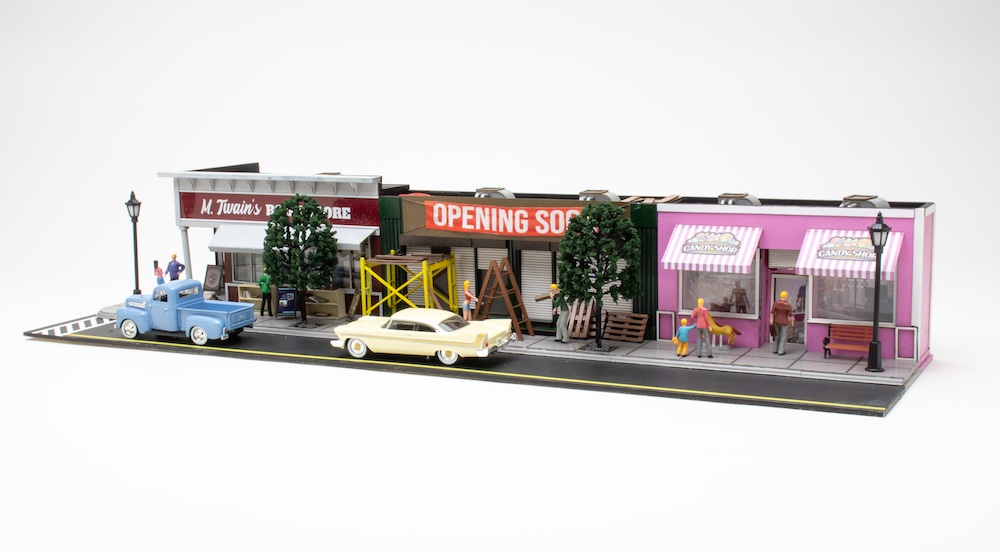Sure!
The prototype J-class engines had a clean, well-balanced appearance that suggested speed, even without streamlined shrouding. A J-class Hudson at the front of the 20th Century Limited symbolized grace and style in a way that a K-4 piloting the Broadway Limited could never match.
The J-class engines were rugged, reliable, and delivered superlative service to the New York Central’s customers.
On the toy train front, a J-class Hudson is possibly the most-beloved and most-often-reproduced steam engine on tinplate rails. It has been made by Lionel in scale, semi-scale, and traditional sizes and many hobbyists feel that the prewar Lionel no. 700E is still the standard by which all Hudsons are measured. Lionel also produced a vast armada of smaller Hudsons with NYC-style boilers that have carried a variety of road names over the years.
MTH has contributed two beautiful scale Hudsons (“plain” and in Empire State Express shrouding) and remarkable RailKing versions (unshrouded and the Commodore Vanderbilt, Empire State Express, and with Dreyfuss streamlining). Williams and Weaver have both offered brass versions and, of course, American Flyer offered a classic model in S gauge.
So any manufacturer that wants to produce a New York Central Hudson recognizes that it must also live up to 70 years of prototype and toy train heritage. CTT is pleased to report that these two new locomotives live up to that lineage.
K-Line Electric Trains and Williams Electric Trains have each produced satisfying models of this venerable favorite that will appeal to two distinct segments of the toy train market: K-Line is targeting hobbyists searching for a new, traditional-sized Hudson that packs plenty of detail, and Williams is targeting operators who want a larger scale-sized steam locomotive at a reasonable price.
K-Line’s Hudson
The K-Line J-class 4-6-4 is another step forward for the firm in its drive to focus on gear that is value priced, yet possesses more detailing than many similar products on the market. Without a doubt this J-class engine qualifies as one of the finest traditional-sized Hudsons ever produced.
Just out of the box K-Line gets a tip of the hat. The company is one step ahead in guarding against potential damage in shipping. The engine comes with two special plastic inserts or braces, one designed to protect the pilot and the other defending the cab from damage. This is a great idea.
The first impression of this engine is heft. It has what is described as that “postwar feel,” a combination of weight, a solid feel, and the look of clean tooling and smooth paint.
The 20-inch long engine is a contemporary of smaller Lionel Hudsons, akin to the 20-inch long no. 2046. Good things can come in small packages, and the K-Line locomotive is a gem.
Put simply, this engine packs a surprising level of detail into a relatively small space. After checking file photos and diagrams in several reference books, I concluded that the die-cast metal shell is a good representation of a Hudson boiler. The tooling is crisp and clean. Of particular appeal is the rivet detail on the rim of the smoke box, which looks very sharp.
The engine front looks good and the cow catcher has see-through struts. There is a simulated front coupler that pivots for realism, and the pilot even includes a simulated uncoupler arm with a chain.
Also on the pilot are shields that cover three-dimensional air compressors “hidden” behind them. The boiler features cast-in piping as well as add-on hand rails, bell, and whistle.
The siderods are suitably captivating when in motion and details on the edges of the boiler are intriguing. For those who find silver rims on steam engines irritating, note that the spoked drivers are all black! The locomotive also has two traction tires with a difference — rather than a smooth rubber surface, these traction tires actually have treads.
The engine cab has a fully decorated backhead with a red lens at the firebox for “firebox glow.” It also has a sitting engineer with his arm raised, perhaps reaching for the whistle cord!
Paint and lettering application is smooth as silk. The typeface used for the number and road name appear to be pretty close to common New York Central markings. The only cosmetic imperfection I noted on the body is smudged paint on one of the compressor shields on the pilot. Overall, the simple steam-engine-black paint job is done well.
The Hudson features illuminated marker lights on the engine and tender. The tender sports a backup light that seems a bit dim when compared to the bright, constant-voltage headlight on the smokebox. Numbers are located below and on both sides of the headlight.
The tether that joins the locomotive to the electronics suite in the tender is of proper length and won’t be a cause of dangling distraction. It snapped in and out of place easily.
The digital whistle is truly elegant and differs from most steam whistles. Rather than the whistle of a train storming through a grade crossing or at rest in a station, it is the haunting sound of a steam engine echoing through a valley. Though it might seem to cut off a micro-second too quickly, it produces a very satisfying tone.
The smoke unit produced its best smoke when under way with 10 volts or more. There is a rather nice puffing effect to the fumes. There is no smoke in neutral, but once under way the puffing resumes.
The staff was eager to check the performance of the Hudson, and the locomotive offered commendable service.
The engine had gentle starts and stops, excellent speed response, and motor noise was virtually nonexistent – about what you might expect if you rolled an engine around the track with the power off! Accordingly, the whistle was audible but not jarring to our ears. The running noises we heard were mainly the wheels on the rail joints and the movement of the siderods.
The engine’s consistent average low speed was 35.3 scale mph at 8 volts, drawing .7 amps. The engine offered up a fairly realistic high-end speed average of 119 scale mph.
While it isn’t certain that the tread pattern on the traction tires enhanced performance, the 7.3 lb. Hudson delivered an average drawbar pull of 1.8 lbs., which should meet most typical O gauge freight and passenger service requirements!
K-Line’s Hudson is an excellent product that will fill a gap in many locomotive fleets. It is well designed, well made, and should offer years of reliable service.
Williams’ Hudson
Williams Electric Trains has introduced its own model of the New York Central Hudson, and what a model it is.
This Hudson is something of an experiment for Williams. Although the company is no stranger to scale-sized steam power, its expertise has been in production of brass steam locomotives. This is Williams’ first die-cast metal steamer. The company’s goal is to produce a large, well-detailed locomotive keeping in line with the firm’s competitive pricing policy.
Remember the images from the old prewar Lionel catalogs where a young boy holds a massive locomotive in his hands (appearing ready to drop some now-classic piece on its cab)? I felt like that taking this two-foot-long engine and tender rig out of the box. It is a handful!
Like its K-Line counterpart, the 24-inch long engine is a good representation of a J-class locomotive. It matches the prototype’s 96-foot length and most of the major detail and reference points are present, although one staff member noted that there may be a bit more look-through space beneath the boiler than was on the prototype.
The size and weight of the Williams Hudson is on a par with the prewar Lionel 700E scale Hudson. We had the opportunity to do a side-by-side comparison of the two engines and we have to say that Williams captures the spirit of both the prototype and the 700E.
Staying in line with the Williams approach to its scale-sized diesels, detailing is very good, though not as intricate as, say, a brass model.
Since most hobbyists who desire a large, scale-sized Hudson would not be willing to pay $4,000 to $6,000 for a like-new prewar 700E, this engine appears to be a great compromise.
While the more expensive prewar model has an edge in piping and crispness in some aspects of its tooling, the Williams engine mirrors the size and the major detail points found in photographs of the 700E and the prototype.
The spoked drivers look terrific and have nickel trim. The running gear looks very busy when under way.
There isn’t any cab detail, but peering in the cab you’ll see the backside of one whomping large can motor! When you see the size of the motor, you can understand why the designers needed to use the cab space.
Paint application was smooth, though the paint might seem a bit shiny to some. Others might think it merely looks like the locomotive is “just off the wash track.” Decoration is minimal but well done: The engine number, road name, and tender capacity are all neatly applied.
The six-axle tender is very nice and features a full coal load and ample rivet detail. It houses a simple digital whistle that fires a throaty steam whistle sound on command, which should satisfy the demands of most operators. The sound also tapers off gently.
A bell might have been nice, but in the interest of keeping the price point low, I can live without one.
Although Williams points out that the Hudson can run on O-31 curves, we did most of our testing on O-42 tubular track where it seemed to be more at home. Even going around O-42 curves the blind center drivers ride inside or outside the rail.
The engine is powered by a can motor with flywheel, and the tender features a magnetic coupler. A bright constant-voltage headlight is mounted on the nose. A smoke unit provides adequate smoke, but during our testing, it seemed to puff in spurts rather than a steady stream. The marker lights are not illuminated. The Williams Hudson also features firebox glow, portrayed in the traditional way as a red glow beneath the cab. You’ll have no trouble seeing this in an illuminated room, but it looks especially good in dim light!
The huge motor looks as though it would be right at home in a major power tool, so it wasn’t a surprise when the engine performed like a champ. Even though there’s a lot of metal to move just to get under way, the Hudson offered gentle starts and very smooth, even speeds throughout the throttle range. No balking, no hesitating at all.
Although we were able to run the engine at slower speeds, the lowest average speed for our test loop was a tad on the high side at 50.2 scale mph. The high speed was a rocketing 160 scale mph, which should come in handy trying to make up time on the schedule because you were stuck behind that coal train.
Assisted by a heavy metal shell and four traction tires (the engine and tender weigh 10.3 lbs.), the drawbar pull was impressive, averaging 2.7 lbs. of tractive effort.
During drawbar pull testing we threw a traction tire, so we had an opportunity to dig into the often dreaded routine of tire replacement, and it was easier than we expected. Turning seven, easy-to-locate screws removed the shell, although we needed three sets of fingers to get the rubber tire back on the driver. From start to stop, it took 10 minutes.
The engine comes with an extra pilot assembly with a no-operating knuckle coupler for doubleheading. What a concept! Anyone who has had a hankering to run big, doubleheaded steam will agree this is a terrific innovation. To swap pilots all you need do is remove three screws (two on the front beneath the boiler and one on the underside), and you’re ready to roll.
As with running doubleheaded diesels, you might need to do some experimenting to find just the right partner to doublehead. You’ll want to be sure that the rear coupler of the forward unit matches the height of the Williams front coupler.
You’ll also want to take a note of individual engine speeds. Anyone who has doubleheaded diesels has probably experienced a more powerful second-slot diesel “pushing” the leader, or a slower second engine acting like an anchor. However, to make things easier when seeking a doubleheading partner, Williams offers the Hudson in two road numbers!
We ran the 4-6-4 with another Williams Hudson as well as several other steamers, such as the MTH RailKing starter set 2-6-0, the K-Line Hudson, and both Lionel and MTH RailKing Commodore Vanderbilts. The most compatible engines were the Williams 4-6-4 and the RailKing Vanderbilt.
Suffice it to say that when you do choose which engines will make up your dynamic duo, your train will consist of one monster load of power, and it was a neat sight to see puffing, doubleheaded steam power running on our test track.
Williams Electric Trains is at the top of its game with this engine. The Williams Hudson runs well, looks good, and should head the list of anyone seeking two handfuls of die-cast metal steamer that won’t cost a fortune!
Two solid models
Will 1999 be the year of the Hudson? K-Line and Williams both have produced strong locomotives with the operator (and his budget) in mind. Whether you have wide radius curves or a more compact layout, both of these models offer something for your shopping consideration.















I just received an anniversary gift fro my wife . . . a Williams by Bachmann NYC #773. It runs beautifully and looks great. I have spent a small fortune on more expensive locomotives with all the gismos, half of which no longer work properly. I have also recently purchased a W. by Bachmann GP9 and SW2 both of which also run great. When it comes to toy trains, keep it simple stupid has taken on a whole new meaning to me!
I want the Williams Hudson! I have a Lionel 0-8-0 that came with my NYC Flyer set that "needs" a companion! Thanks CTT!
i run lionel and k-line on my layout and am very happy with the results of operation-i think k-line is second in the running and less expensive to purchase-! but operates just as well-nuff said-!